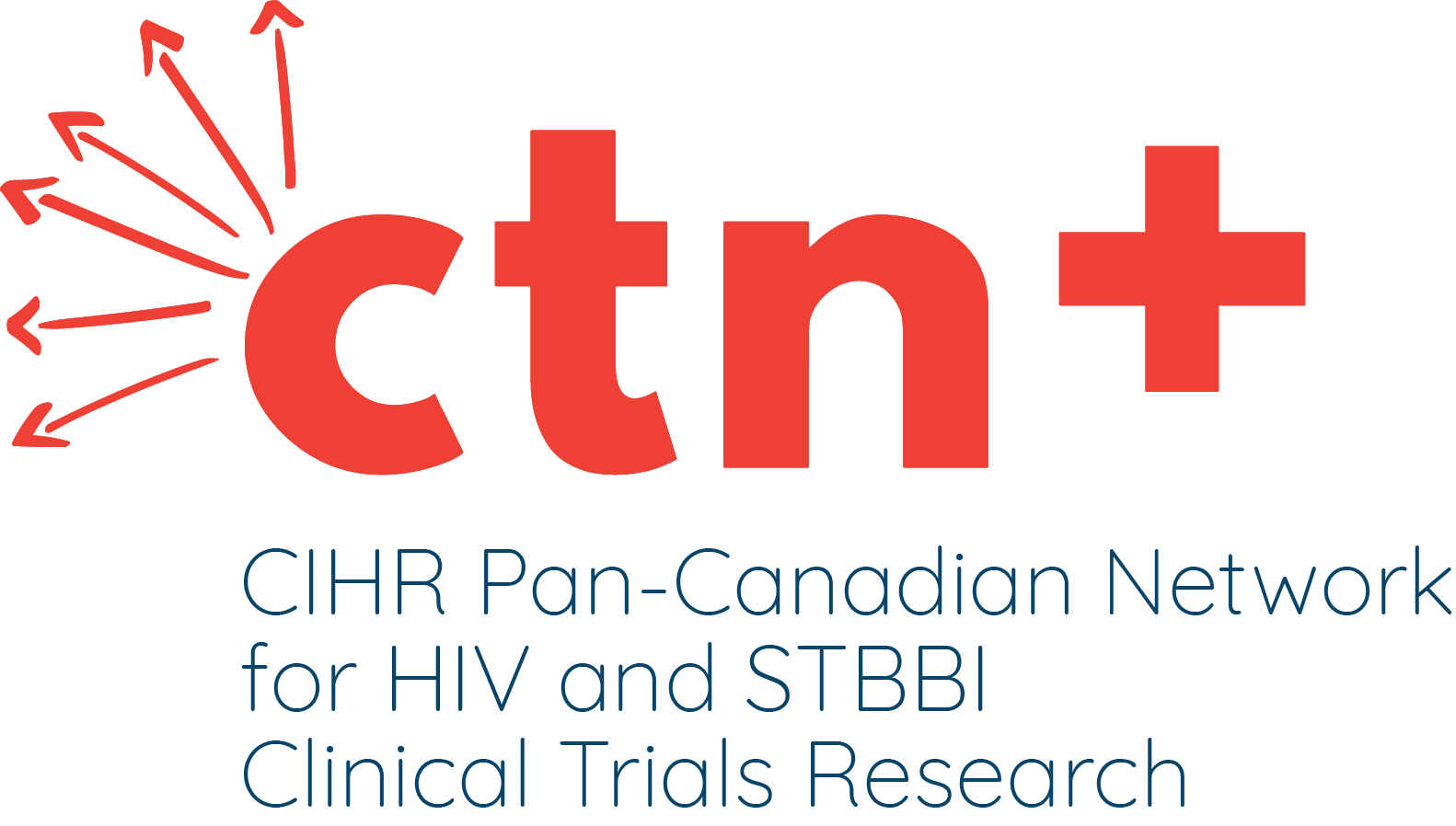About The Study
Hydroxyurea has been shown in the lab to improve the effect of ddI in fighting HIV. This study assessed the drug’s safety and its effect on both CD4 counts and the HIV virus when the drug was given to HIV-positive people already receiving ddI therapy.
Study Approach
This was an open-label trial (both investigators and volunteers knew which treatment was being given), in which two doses of hydroxyurea were compared for the first time. Participants were randomly assigned to one of two doses of hydroxyurea, 500 or 1000 mg/day. They received ddI alone for the first month, ddI plus hydroxyurea for the second month and ddI alone for the third month. Viral load and CD4 counts were measured weekly for 12 weeks.
Study population
Twenty-four volunteers enrolled, with CD4 counts between 100 and 350. All had received ddI for at least six months.
Results
At the beginning of the study, average viral load was 3.7 logs and average CD4 count was 241. A significant decline in viral load was observed between month one and two. A significant rebound of viral load was observed when hydroxyurea therapy was stopped. A total of nine out of 26 patients had a viral load decrease of more than one log during hydroxyurea therapy (weeks five to eight). Of these, three out of 13 occurred on 500 mg/day of hydroxyurea while six out of 13 occurred in patients receiving 1000 mg/day of hydroxyurea. No significant changes in CD4 counts were observed during the study.
Conclusions
The addition of hydroxyurea to ddI therapy results in a substantial decrease in viral load. There was a trend toward a greater decrease in viral load with a higher dose of hydroxyurea.
